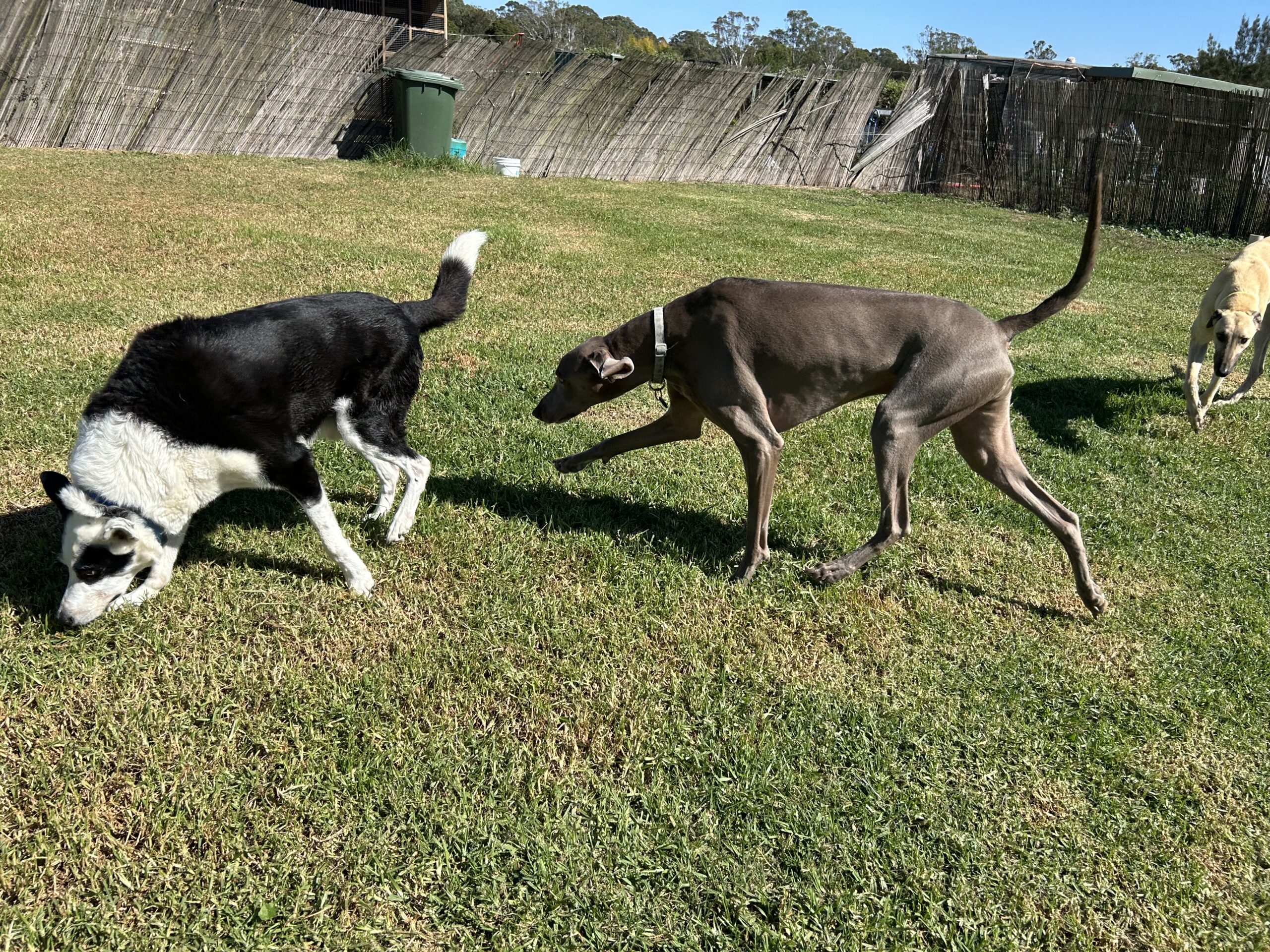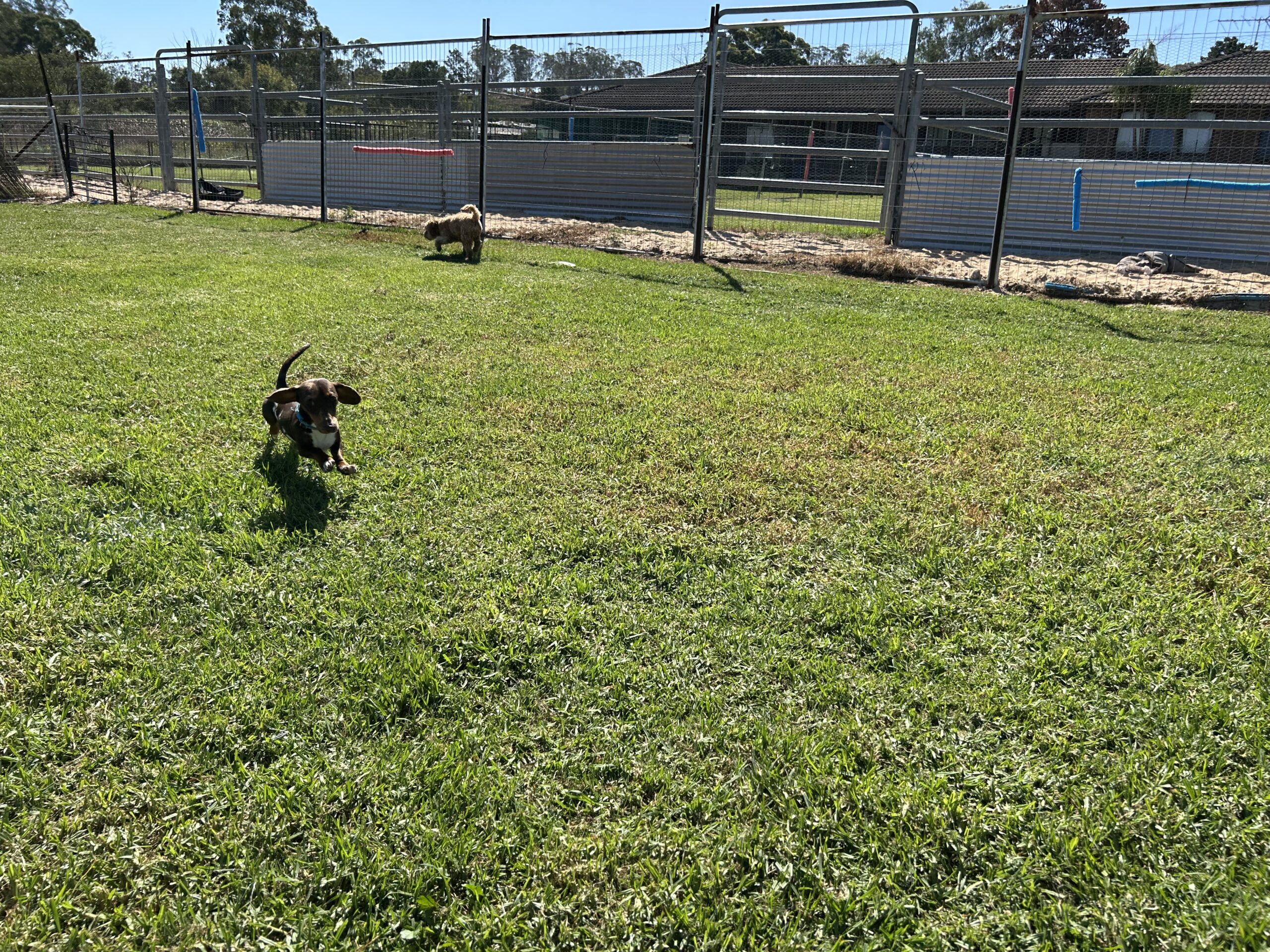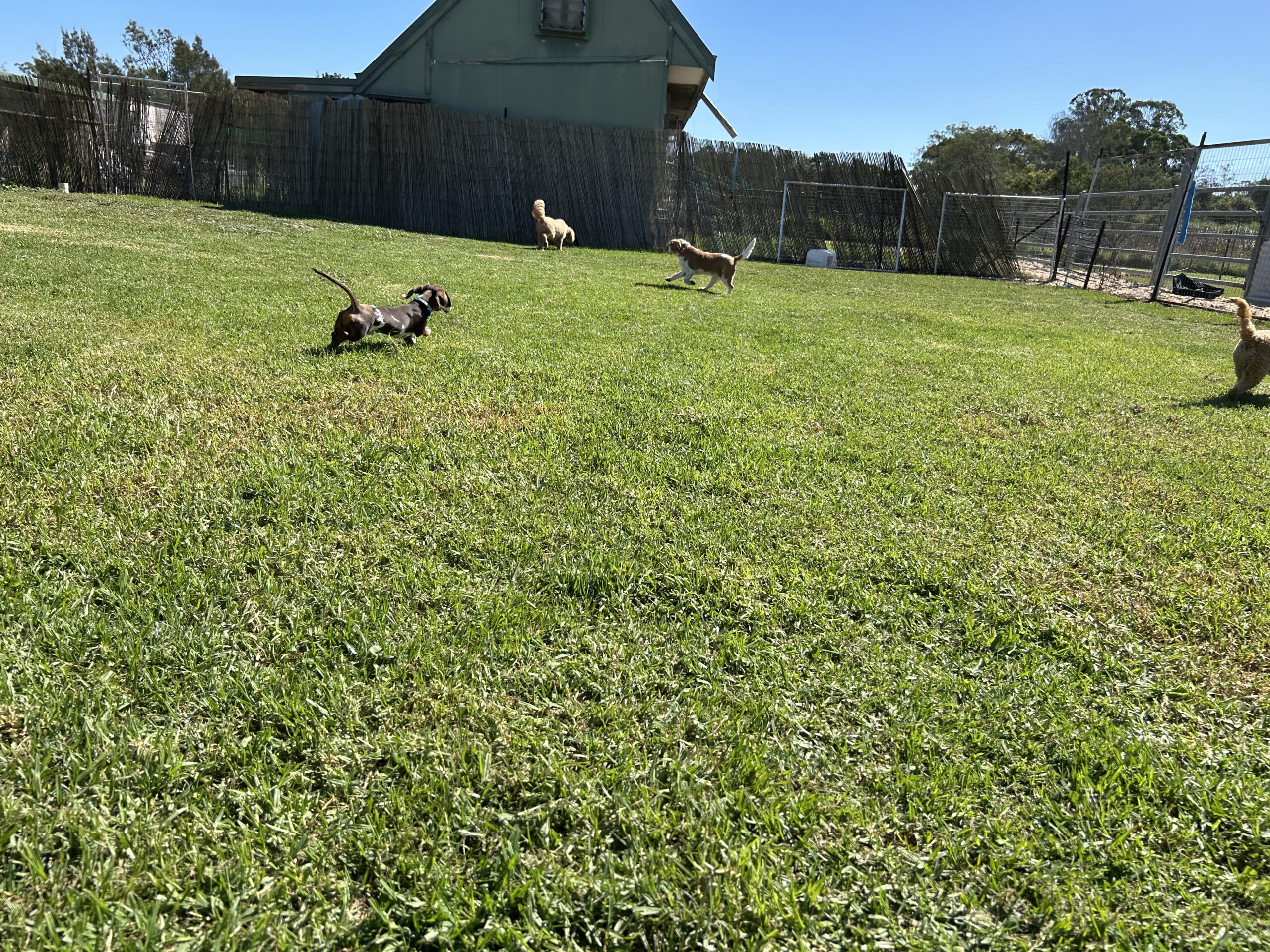Daycare Safety Protocols: Peaceful Protection Through Comprehensive Systems
Daycare safety protocols create superior protection through sophisticated prevention systems, emergency preparedness, and staff training that extend far beyond basic supervision or reactive approaches.
Key Takeaways: Essential Protection Systems in Quality Facilities
| Critical Safety Elements | Why It Matters |
|---|---|
| ️ Daycare safety protocols include proactive prevention systems | Strategic prevention eliminates risks before incidents occur |
| Professional supervision ratios ensure adequate oversight | Appropriate staff numbers enable effective monitoring |
| Comprehensive emergency response plans enable rapid action | Prepared systems address incidents immediately when necessary |
| First aid expertise ensures appropriate medical intervention | Trained staff provide critical care when needed |
| Regular risk assessment identifies potential hazards | Systematic evaluation prevents developing dangers |
| Thorough screening prevents compatibility issues | Appropriate assessment prevents problematic groupings |
| Emergency equipment accessibility enables immediate response | Strategic placement ensures rapid utilization when needed |
| Detailed documentation creates accountability and continuity | Comprehensive records ensure consistent protection |
“The Protection Gap: Is Your Dog’s Daycare Implementing Sophisticated Safety Systems or Just Basic Oversight?”
Have you thoroughly investigated the comprehensive protection systems safeguarding your dog, or simply confirmed staff appear attentive and the facility seems generally secure? Many devoted owners overlook the profound difference between facilities with sophisticated safety frameworks and those providing merely basic supervision—a distinction that fundamentally impacts incident prevention, emergency response capability, and overall protection.
Research from veterinary safety science reveals that protection systems dramatically influence incident prevention, with comprehensive approaches reducing injury rates by up to 87% compared to basic oversight models. Even more concerning, a comprehensive analysis by the Australian Veterinary Association found that 76% of daycare incidents occurred in facilities lacking structured prevention protocols beyond general supervision—a statistic suggesting most injuries are preventable through proper systems.
The implications extend beyond peace of mind to fundamental welfare protection. According to certified canine safety specialists, sophisticated protocols prevent not just obvious physical injuries but also stress-related complications, compatibility incidents, and environmental hazards that basic supervision often misses. The good news? Understanding daycare safety protocols allows you to evaluate facilities based on protection quality rather than superficial impressions.
Daycare Safety Protocols Through Comprehensive Systems
Daycare safety protocols operate on a fundamental principle: effective protection requires sophisticated systems beyond simple observation or reactive approaches. Unlike basic supervision, quality daycare safety protocols implement comprehensive frameworks designed by canine safety specialists.
“Most owners dramatically underestimate the importance of systematic protection frameworks,” explains Dr. Emma Richardson, veterinary safety specialist. “Attentive staff represent merely one component of effective protection rather than a complete safety approach. Quality daycare safety protocols incorporate comprehensive prevention systems, emergency response frameworks, and staff training that create layered protection beyond basic observation.”
Premier facilities implementing superior daycare safety protocols demonstrate excellence through:
Sophisticated Incident Prevention Systems
Comprehensive approaches eliminating risks before incidents occur—creating proactive protection beyond reactive response:
- Strategic group management preventing compatibility conflicts
- Evidence-based supervision ratios ensuring adequate oversight
- Systematic environmental assessment eliminating physical hazards
- Regular equipment inspection preventing maintenance-related risks
- Structured introductory protocols preventing integration issues
- Consistent application of safety-focused handling procedures
- Stress indicator monitoring preventing escalation situations
- Comprehensive health screening preventing disease transmission
Emergency Response Frameworks
Advanced incident management systems enabling effective response—providing organized intervention beyond improvised reaction:
- Documented response protocols for various emergency types
- Staff role clarity during incident management
- Strategic equipment placement ensuring rapid access
- Regular emergency drills maintaining response readiness
- Immediate notification systems alerting necessary parties
- Clear evacuation procedures for facility-wide emergencies
- Transportation plans for veterinary emergencies
- Graduated response matched to situation severity
Professional Staff Qualification
Specialized safety training creating response capability—developing actual expertise rather than general experience:
- Certified canine first aid qualification for all staff
- Regular emergency response training maintaining skills
- Specific education regarding subtle stress indicators
- Breed-specific knowledge addressing varied needs
- Comprehensive handling training preventing restraint injuries
- Medical response capability for common emergencies
- Communication protocol training ensuring coordinated response
- Regular skill assessment verifying response capability
“These daycare safety protocols create fundamental improvements in protection effectiveness,” notes canine safety specialist Dr. James Wilson. “In quality facilities with comprehensive systems, dogs receive sophisticated protection through layered safety approaches rather than simple observation through strategic risk management.”
Does Your Dog’s Daycare Provide Truly Comprehensive Protection? Take This Assessment:
- Has the facility implemented specific prevention systems beyond general supervision?
- Are documented emergency response protocols in place for various incident types?
- Do all staff hold current canine first aid certification?
- Does the facility conduct regular safety drills maintaining response readiness?
- Are thorough risk assessments performed regularly identifying potential hazards?
If you answered “no” to two or more questions, your dog’s daycare may provide basic oversight rather than comprehensive protection—precisely the safety gap that sophisticated daycare safety protocols address through strategic systems.
Specialized Protection Components in Quality Daycare Facilities
Premier daycare safety protocols facilities implement evidence-based protection systems creating exceptional security. These aren’t casual approaches but sophisticated frameworks designed by safety specialists.
“The difference between basic oversight and comprehensive protection is profound,” explains Dr. Sarah Williams, canine safety systems specialist. “Proper daycare safety protocols systematically address potential risks through structured frameworks that prevent incidents, manage emergencies effectively when necessary, and maintain consistent protection through accountable systems.”
Leading facilities incorporating comprehensive daycare safety protocols feature specialized elements such as:
Structured Group Management Systems
Sophisticated social oversight preventing interaction-related incidents—managing group dynamics beyond simple observation:
- Scientific assessment of compatible play styles preventing conflicts
- Strategic grouping based on temperament beyond size alone
- Regular reassessment accommodating changing behavioural patterns
- Appropriate dog-to-staff ratios ensuring adequate supervision
- Strategic intervention protocols preventing escalation
- Appropriate group size limitations preventing overarousal
- Regular rotation preventing fatigue-related irritability
- Staff positioned for complete visual coverage
Comprehensive Medical Response Capability
Advanced health emergency management—providing critical care beyond basic first aid:
- Complete emergency medical kits strategically located
- Staff training in specific emergency response procedures
- Quick-reference protocols for various medical situations
- Immediate veterinary contact systems for consultation
- Transportation readiness for urgent medical needs
- Health history accessibility guiding appropriate response
- Regular medical training ensuring skill maintenance
- CPR and choking response capability for all staff
Environmental Safety Engineering
Purpose-designed physical security preventing facility-related incidents—creating safer spaces through strategic design:
- Non-slip flooring preventing motion injuries
- Secure barrier systems preventing escape
- Appropriate impact protection in active areas
- Heat stress prevention through climate control
- Double-entry systems preventing door escapes
- Equipment safety inspection protocols
- Hazard-free design eliminating dangerous elements
- Chemical storage security preventing access
Case Study: The Protection Difference Between Safety Approaches
Facility A (Basic Oversight): Initially appearing adequate with attentive staff and general cleanliness, deeper evaluation revealed significant protection limitations:
- Supervision without documented incident prevention systems
- Staff lacking formal first aid certification
- No regular emergency response drills
- Basic first aid kit without comprehensive supplies
- Informal emergency processes without documented protocols
- Limited new dog introduction process
- Grouping based primarily on size without compatibility assessment
- No regular risk assessment process
Facility B (Comprehensive Protection): Demonstrated exceptional daycare safety protocols across all domains:
- Documented incident prevention systems addressing various risks
- All staff certified in canine first aid with regular recertification
- Monthly emergency drills maintaining response readiness
- Strategic emergency equipment placement throughout facility
- Comprehensive written protocols for various emergency types
- Sophisticated introduction system preventing integration issues
- Multi-factor compatibility assessment guiding appropriate grouping
- Regular documented risk assessment identifying potential hazards
Safety Capability Difference: “The contrast in protection capability between facilities was substantial despite similar appearances,” reports certified safety consultant Dr. Jennifer Chen following systematic evaluation. “While both facilities appeared adequately supervised during casual observation, Facility A demonstrated significant gaps in systematic prevention, emergency preparedness, and staff capability that would likely result in delayed or inadequate response during actual incidents. Facility B demonstrated prevention systems addressing risks proactively, emergency readiness enabling immediate appropriate response, and staff capability ensuring effective management of developing situations. The daycare safety protocols difference created dramatically different protection despite similar surface appearances.”
Protection Quality Indicators Visible During Facility Evaluation
Not all safety elements require professional knowledge to identify. During your evaluation of daycare safety protocols, observe these accessible indicators of protection quality:
Staff Capability Assessment
Quality facilities demonstrate professional safety competence beyond general supervision:
- First aid certification prominently displayed
- Confident discussion of emergency protocols when questioned
- Knowledge of specific medical response procedures
- Clear articulation of prevention systems beyond observation
- Evidence of regular safety training and drills
- Immediate intervention in developing situations
- Proactive position management ensuring visual coverage
- Appropriate handling demonstrating safety consciousness
Facility Safety Evaluation
Superior protection shows purpose-designed security features beyond basic containment:
- Non-slip flooring throughout activity areas
- Double-entry systems preventing door escapes
- Emergency equipment visible and accessible
- Posted emergency protocols for staff reference
- Appropriate group separation preventing conflicts
- Strategic staff positioning ensuring complete supervision
- Hazard-free environment without dangerous elements
- Appropriate storage security preventing access
Documentation System Observation
Comprehensive records indicate systematic rather than casual approaches:
- Visible incident report systems
- Documentation of regular safety assessments
- Emergency contact information readily accessible
- Medical records immediately available
- Written protocols for various emergency types
- Posted emergency veterinary information
- Documented introduction procedures for new dogs
- Regular inspection records for facilities and equipment
Protection Quality Comparison: Basic Oversight vs. Comprehensive Systems
| Protection Element | Basic Oversight Characteristics | Daycare Safety Protocols Benefits |
|---|---|---|
| Incident prevention | Primarily reactive response to developing situations | Proactive systems preventing incidents before occurrence |
| Emergency readiness | Improvised response without specific protocols | Comprehensive frameworks enabling immediate appropriate action |
| Staff qualification | General experience without specific safety training | Certified capability ensuring effective incident management |
| Medical response | Basic first aid without systematic approach | Advanced care capability addressing various emergency types |
| Risk assessment | Casual observation without structured evaluation | Regular systematic review identifying potential hazards |
| Group management | Primarily size-based without compatibility assessment | Sophisticated matching preventing conflict-prone combinations |
| Documentation | Limited records without comprehensive tracking | Detailed systems ensuring accountability and continuity |
| Equipment readiness | Basic supplies without strategic placement | Comprehensive emergency tools immediately accessible |
Long-Term Benefits of Comprehensive Safety Systems
Daycare safety protocols focused on structured protection offer enduring advantages that fundamentally impact wellbeing. Recent analysis from the University of Queensland’s Veterinary Safety Centre revealed that facilities implementing comprehensive safety frameworks showed 83% fewer reportable incidents, significantly reduced injury severity when incidents did occur, and substantially better outcomes through rapid appropriate response.
“We now understand that protection quality creates profound welfare impacts beyond simple supervision,” explains safety systems specialist Dr. Robert Thompson. “The sophisticated prevention and response capabilities provided through comprehensive daycare safety protocols fundamentally influence incident frequency, management effectiveness, and outcome severity through their cumulative effects on protection quality.”
Evidence-based benefits of comprehensive protection include:
- Reduced incident frequency through proactive prevention
- Decreased injury severity through immediate appropriate response
- Enhanced disease prevention through systematic health protocols
- Improved stress prevention through early indicator recognition
- Better management of developing situations through trained intervention
- Enhanced evacuation capability during facility-wide emergencies
- Improved compatibility matching preventing social conflicts
- Enhanced overall wellbeing through comprehensive protection
These safety benefits create substantially different protection outcomes, making daycare safety protocols a critical factor in facility evaluation beyond general appearance.
How Different Dog Types Benefit from Specialized Safety Approaches
Daycare safety protocols become even more critical for dogs with specific characteristics or vulnerabilities. Different dog types particularly benefit from sophisticated protection:
Medical Vulnerability
Dogs with health conditions require the advanced medical response capability daycare safety protocols provide—ensuring appropriate emergency care through condition-specific knowledge and intervention.
Stress-Prone Individuals
Sensitive dogs need the early indicator recognition daycare safety protocols incorporate—preventing escalation through sophisticated stress signal monitoring and appropriate intervention.
Social Complexity
Dogs with specific interaction requirements benefit from the sophisticated group management daycare safety protocols implement—providing appropriate social experiences through strategic compatibility matching.
Physical Vulnerability
Small, elderly, or physically vulnerable dogs require the environmental safety engineering daycare safety protocols include—preventing injuries through purpose-designed features addressing specific risks.
Protection Quality Evaluation Checklist
When assessing facility safety, use this evidence-based checklist to evaluate protection beyond casual observation:
- Documented incident prevention systems addressing various risks
- All staff holding current canine first aid certification
- Regular emergency drills maintaining response readiness
- Comprehensive medical kits strategically placed for accessibility
- Written protocols for various emergency types
- Appropriate supervision ratios ensuring adequate oversight
- Systematic introduction procedures preventing integration issues
- Regular risk assessment identifying potential hazards
Critical Questions for Evaluating Protection Quality
When investigating potential daycare facilities, ask these revealing questions to assess their daycare safety protocols commitment:
- “What specific incident prevention systems have you implemented beyond supervision?”
- “Do all staff hold current canine first aid certification?”
- “How frequently do you conduct emergency response drills?”
- “What written protocols exist for various emergency situations?”
- “How do you determine appropriate groupings beyond size consideration?”
- “What regular risk assessment process identifies potential hazards?”
The facility’s ability to provide substantive, detailed responses reveals their true commitment to daycare safety protocols versus operations with merely adequate supervision.
Conclusion: Transform Protection Through Systematic Safety
Daycare safety protocols create fundamentally different protection quality compared to basic oversight approaches providing merely adequate supervision. By prioritizing facilities with comprehensive systems, you ensure your dog receives sophisticated protection through strategic frameworks rather than simple observation.
Each safety element contributes to overall protection quality. The cumulative effect of comprehensive systems creates exceptional security—transforming daycare from basic oversight to sophisticated protection through evidence-based safety frameworks.
“When we examine the protection evidence,” notes Dr. Jessica Moore, veterinary safety specialist, “the conclusion is clear: comprehensive systems through sophisticated daycare safety protocols represent one of the most critical factors determining protection quality, creating substantially different safety outcomes through the implementation of strategic frameworks.”
Your dog deserves protection created through sophisticated systems rather than merely attentive observation. Prioritize facilities implementing comprehensive daycare safety protocols to ensure your dog experiences the incident prevention, emergency readiness, and professional response capability that strategic protection frameworks provide.
External Links:
- Canine Boarding Lodge
- Mobile Dog Grooming Services
- Canine Glamour Facebook
- Canine Glamour Instagram
- Canine Glamour TikTok
- Canine Boarding Lodge Facebook
Follow for more: For more grooming tips visit: FB: Canine glamour Instagram: Canine glamour TikTok: Canine Glamour For more boarding tips visit: FB: Canine boarding lodge
SEO Title:
Daycare Safety Protocols: Unleash 8 Protective Systems
Meta Description:
Daycare safety protocols create superior protection through prevention systems and emergency preparedness. Discover comprehensive approaches beyond supervision.





